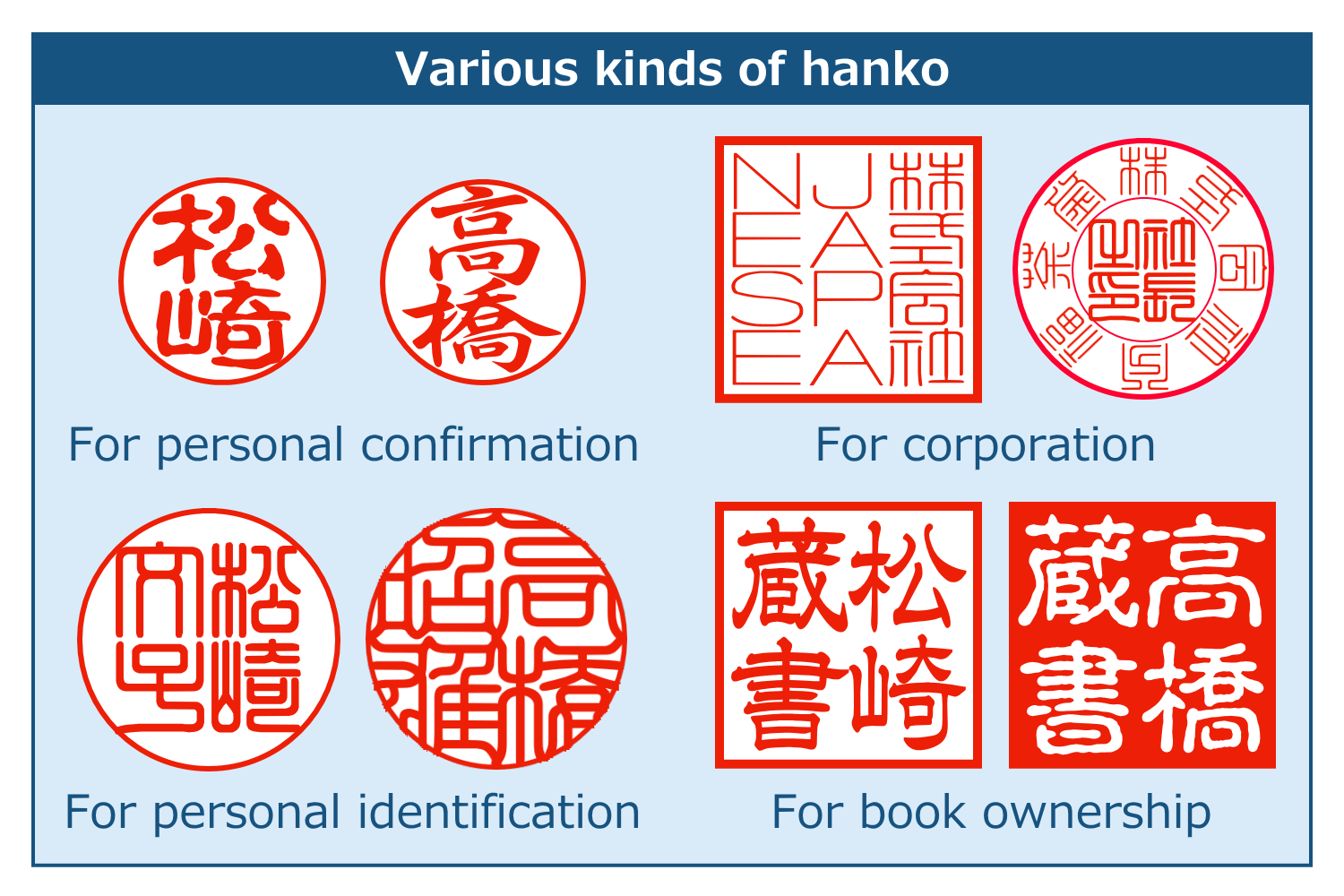This is the final part in a series of two articles about the Japanese Hanko. To read the first part, click here: Will The Japanese Hanko Be Stamped Out? Part - 1 (destinationheritage.com)

In the years that I lived in Japan, I did not require a Hanko as a diplomat. In any case, most of our paperwork with the Japanese authority was undertaken through the foreign office, the Gaimusho. That avoided the use of Hanko through exemption. We banked with the Indian banks there. However, Indians who worked or operated a business in Japan required a Hanko. They either converted their names into kanji characters in phonetic ways or used katakana, the alphabet for foreign words and got their Hanko designed. Imaginative ones translated their Indian names into Japanese kanji! My teacher suggested that I use my name Singh (pronounced Shingu in Japanese) to use the characters for a deep fool, implying wisdom! More recently Hankos in English are also accepted.
Hankos are separate for personal and company use. Till two decades ago, they were made using ivory. And the longer they were used, the more the red ink smudged around the edges. Such older Hanko are still valuable. New ones, made of wood, often chip.
Losing a personal Hanko means several trips to the banks and the Ward office to register a new one. Losing a corporate Hanko, usually kept in a safe, involves the tax office for re-registration, and is abhorred. Credit cards, however, had done away with the Hanko and use signatures. Similarly the fingerprinting of foreigners for alien registration was originally in lieu of a Hanko, but has since been dispensed with in 1992.
There is considerable skepticism that digitalisation and administrative reform will go ahead at the same speed. This will imply some disruption if rules are changed but their implementation is not simultaneous at the central, prefectural, city and local government level. Similarly, there is apprehension that if some businesses convert to a Hanko free system, and others do not, the Hanko will continue to be used until it is deregistered as a system. The normal Japanese abhor dislocation and change even if it now sees inevitable.
A sure indication is that the Japanese Hanko makers association is slowly losing membership because companies, expecting digital challenges, are closing down and younger heirs avoid taking up Hanko making as a career. Zen-Nihon Inshogyo Kyokai, the All Japan Association of Hanko makers, had 941 member companies in 2019. This has fallen by 80 per cent since the time I first went to Japan in 1982.
A Japanese friend told me that while he welcomes the administrative reforms ban the convenience of a digital system, he is anxious about the coordination. His daughter is forthright in her support to abolish the Hanko as it prevents digital economy and e-governance. It is an impediment to work from home and she has to go to the office simply to comply with the rules of physical documentation even amid the pandemic.
The author is the Former ambassador to Germany, Indonesia, Ethiopia, and has been in the ASEAN AND AFRICAN Union Chair, CII Task Force and Prof. IIT, Indore.
(This article was first published in the Madras Courier (dt. 02.Nov.2020) and has been republished with permission from the author)
